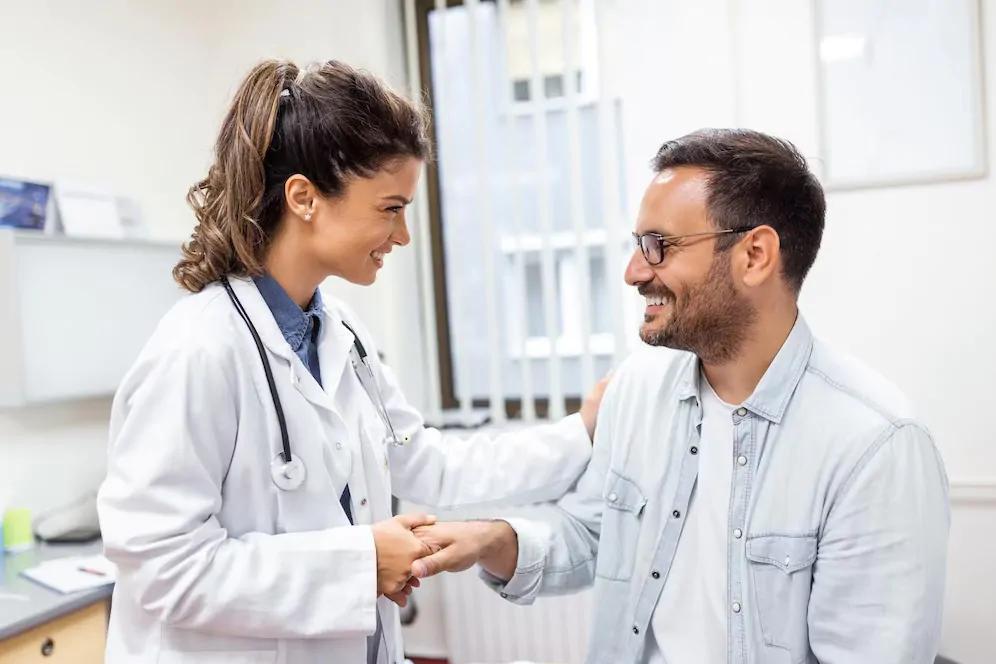Overview
Hair Loss
Losing some hair on a daily basis is a normal occurrence within your hair’s regular growth cycle. For the majority of individuals, the hair that is lost eventually regrows, allowing you to maintain a voluminous head of hair. However, factors such as illness, fluctuations in hormones, stress, the aging process, and genetic predispositions can disrupt this natural hair growth cycle. This disruption can lead to an increased amount of hair falling out, with no guarantee of new strands replacing them.
What exactly is hair loss?
An average of around 100 strands of hair is typically shed by healthy individuals each day. In the course of your hair’s growth cycle, fresh strands emerge to take the place of the ones that have been shed.
When the process of shedding hair surpasses the rate of new growth, resulting in fewer or no replacement strands, this is referred to as alopecia or hair loss. Alopecia can manifest in various forms and can affect adults of any gender, as well as children. Hair loss might occur exclusively on the scalp or extend to the body as well.














